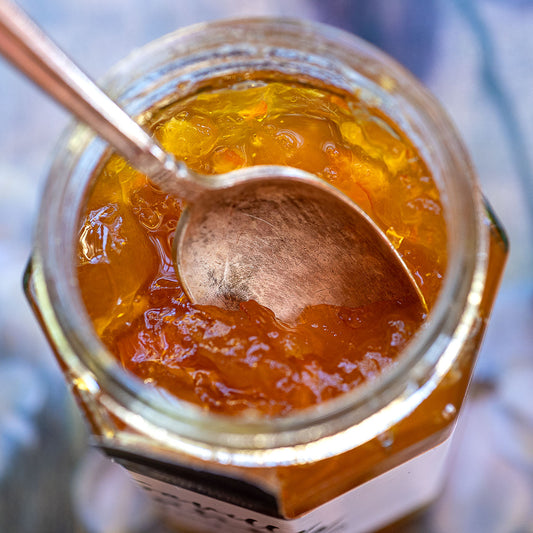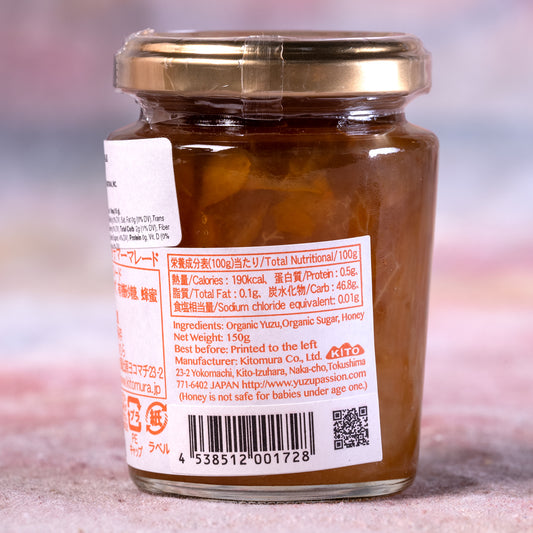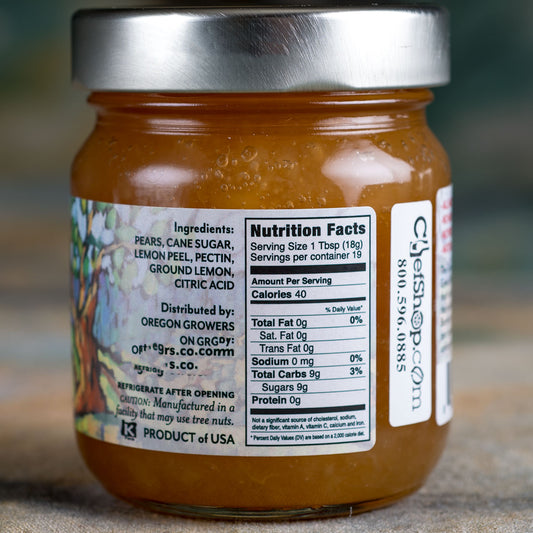Marmalades
about Marmalades: click here to read more
Marmalade is a type of fruit preserve that is characteristically different from jams and jellies. While jams contain crushed fruit and jellies are made from fruit juice, marmalade is traditionally made from the juice and peel of citrus fruits, boiled with sugar and water. The inclusion of citrus peel gives marmalade its distinctive slightly bitter flavor and texture. According to classic definitions and European food regulations, true marmalade must be made with citrus fruits, even though the term is sometimes used more loosely elsewhere.
The origins of marmalade trace back to ancient Greece and Rome, where people preserved fruits like quince by boiling them with honey. These early versions resembled solid fruit pastes rather than the spreadable marmalade we know today. The word “marmalade” comes from the Portuguese word marmelada, meaning quince paste (marmelo = quince). This paste made its way to England in the late Middle Ages, where it gained popularity among the wealthy.
In the 17th and 18th centuries, the shift to citrus-based marmalades—especially those made with Seville oranges—took hold in Britain. Seville oranges were favored for their high pectin content and naturally bitter peel, which helped marmalade set properly. One well-known origin story credits Dundee, Scotland, as the birthplace of commercial orange marmalade in the late 1700s. The Keiller family reportedly developed a recipe using imported Seville oranges, which led to large-scale production and popularization.
-
Hawkshead Seville Orange Marmalade
Regular price $13.95 USDRegular priceUnit price / per$0.00 USDSale price $13.95 USD -
Hawkshead Red Onion Marmalade
Regular price $17.95 USDRegular priceUnit price / per$0.00 USDSale price $17.95 USD -
Hawkshead Pink Grapefruit and Gin Marmalade
Regular price $13.95 USDRegular priceUnit price / per$0.00 USDSale price $13.95 USD -
Kitomura Organic Yuzu Marmalade
Regular price $13.55 USDRegular priceUnit price / per$0.00 USDSale price $13.55 USD -
Oregon Growers Lemon Pear Marmalade
Regular price $11.95 USDRegular priceUnit price / per$0.00 USDSale price $11.95 USD -

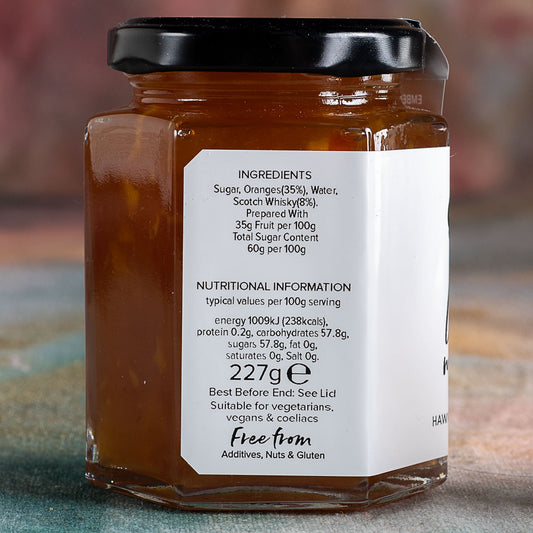 Restocking - choose Notify me
Restocking - choose Notify meHawkshead Orange and Whisky Marmalade
Regular price $13.95 USDRegular priceUnit price / per$0.00 USDSale price $13.95 USDRestocking - choose Notify me -

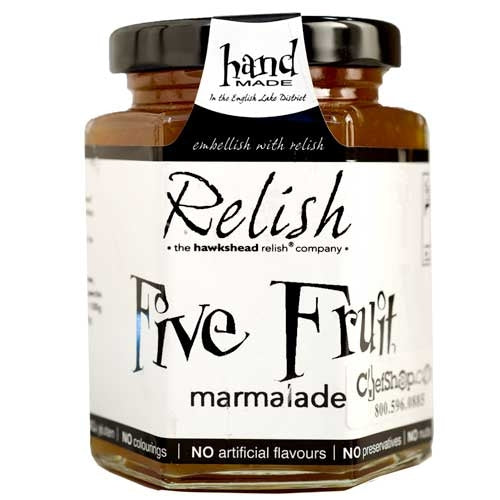 Restocking - choose Notify me
Restocking - choose Notify meHawkshead Five Fruit Marmalade
Regular price $13.95 USDRegular priceUnit price / per$0.00 USDSale price $13.95 USDRestocking - choose Notify me -

 Restocking - choose Notify me
Restocking - choose Notify meYakami Orchard Ginger Marmalade
Regular price $13.55 USDRegular priceUnit price / per$0.00 USDSale price $13.55 USDRestocking - choose Notify me -

 Restocking - choose Notify me
Restocking - choose Notify meYuzu Marmalade
Regular price $16.95 USDRegular priceUnit price / per$0.00 USDSale price $16.95 USDRestocking - choose Notify me


